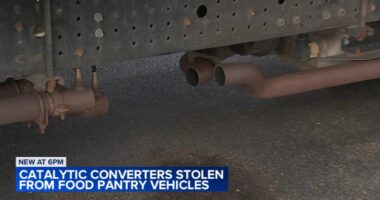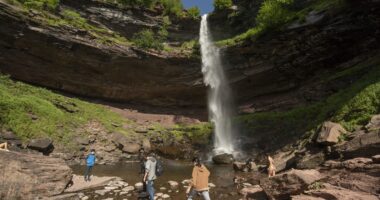
American energy policy has significantly changed within a short period. Initially, under the Biden administration, the energy policy faced challenges, including the cancellation of oil and gas leases and a heavy focus on expensive “green” energy projects that resulted in soaring gas prices.
Currently, there has been a shift in policy direction, with a focus on promoting domestic energy production. The new approach emphasizes increasing drilling activities and embracing fossil fuels and even nuclear power. As a clear illustration of this change, the Trump administration has approved the reopening of a uranium mine in Utah, indicating a departure from the previous stance.
Recent developments have shown a promising trend concerning the mining and processing of critical minerals, such as rare earths, outside of China. President Donald Trump’s issuance of two crucial executive orders has played a significant role in supporting these positive advancements.
I can now report even more success in domestic mine expansion. The Trump administration recently approved the reopening of the Velvet-Wood uranium and vanadium mine in southeastern Utah, marking the first mining project to be permitted under a new, dramatically accelerated environmental review process.
North America has vast reserves of uranium, enough to power the United States and Canada for hundreds of years, and the Trump administration’s Department of the Interior is now, as we see, fast-tracking approval of new uranium mines:
The decision, executed by the Department of the Interior, was made in just 14 days…a stark contrast to the months or years such reviews typically require.
“This approval marks a turning point in how we secure America’s mineral future,” said Secretary of the Interior Doug Burgum in a statement. “By streamlining the review process for critical mineral projects like Velvet-Wood, we’re reducing dependence on foreign adversaries and ensuring our military, medical and energy sectors have the resources they need to thrive. This is mineral security in action.”
The Velvet-Wood mine, near Utah’s Lisbon Valley, will produce both uranium and vanadium. The former can be processed into fuel for nuclear reactors, while the latter is commonly used in steel alloys.
14 days! That is, as someone once said, a big freaking deal.
According to a report by the OECD Nuclear Energy Agency and the International Atomic Energy Agency, as of 2015, the United States’ reserves of recoverable uranium were at 101,900 tonnes (metric), and Canada is blowing us away with 969,200 tonnes. That’s a lot of uranium. But, according to this same report, the world champion by a wide margin is Australia, with 2,049,400 tonnes. Australia is a steady ally of the United States, meaning that a large portion of the planet’s uranium reserves are in American hands or the hands of American allies. With these, and with the new reactor designs, America’s energy future could be bright indeed.

















